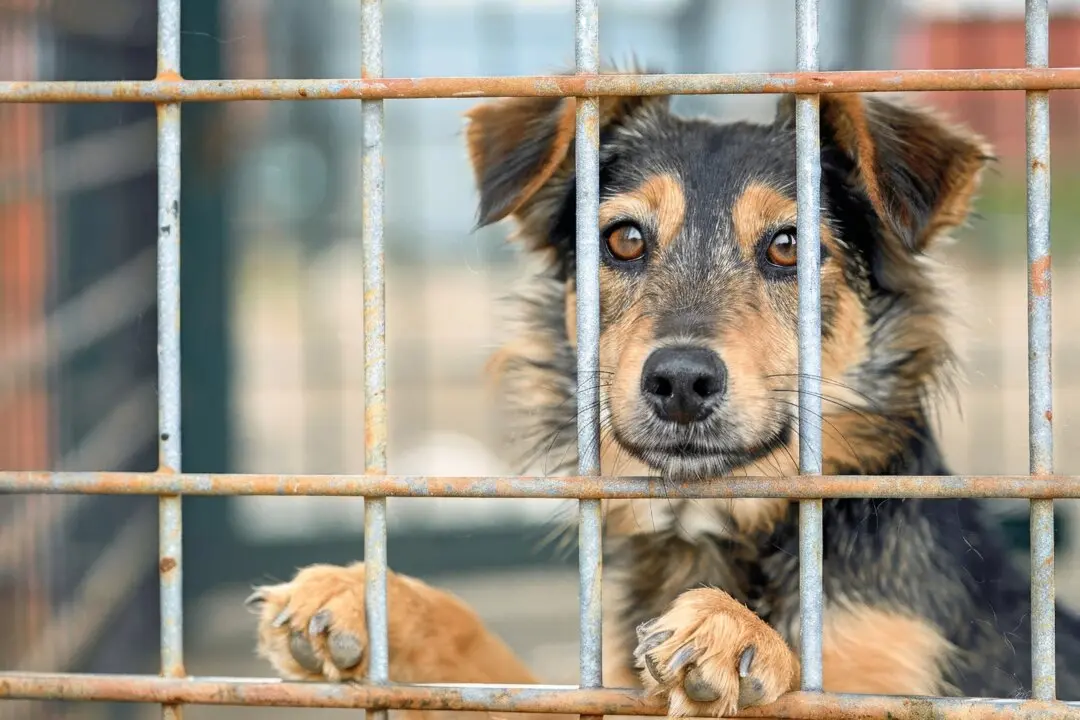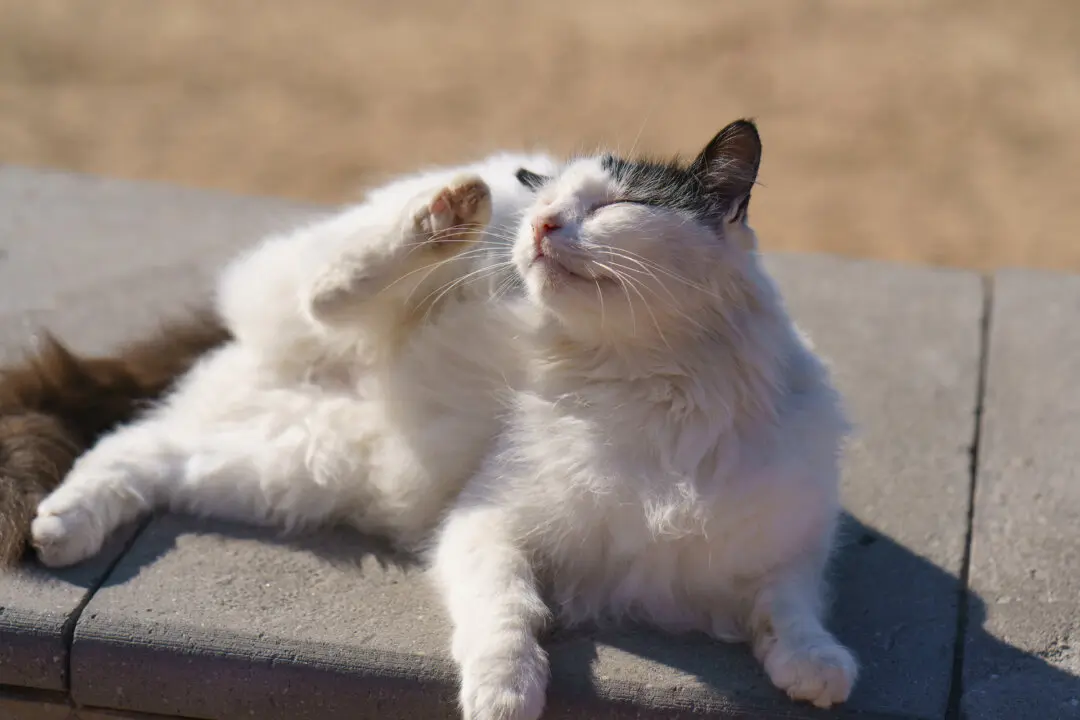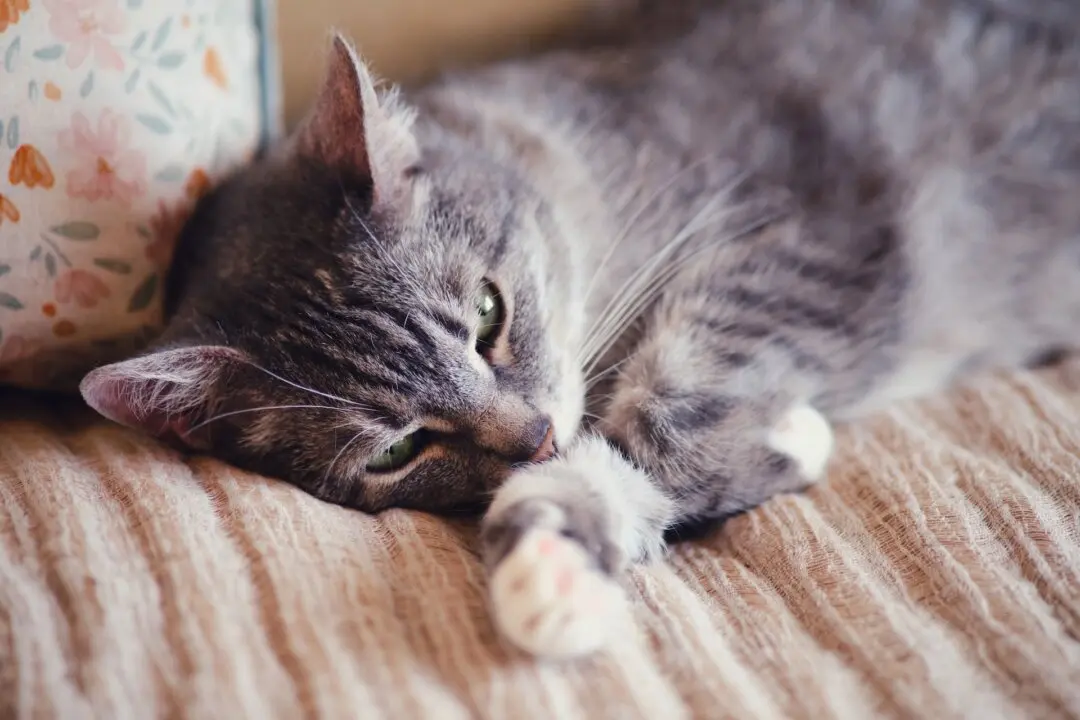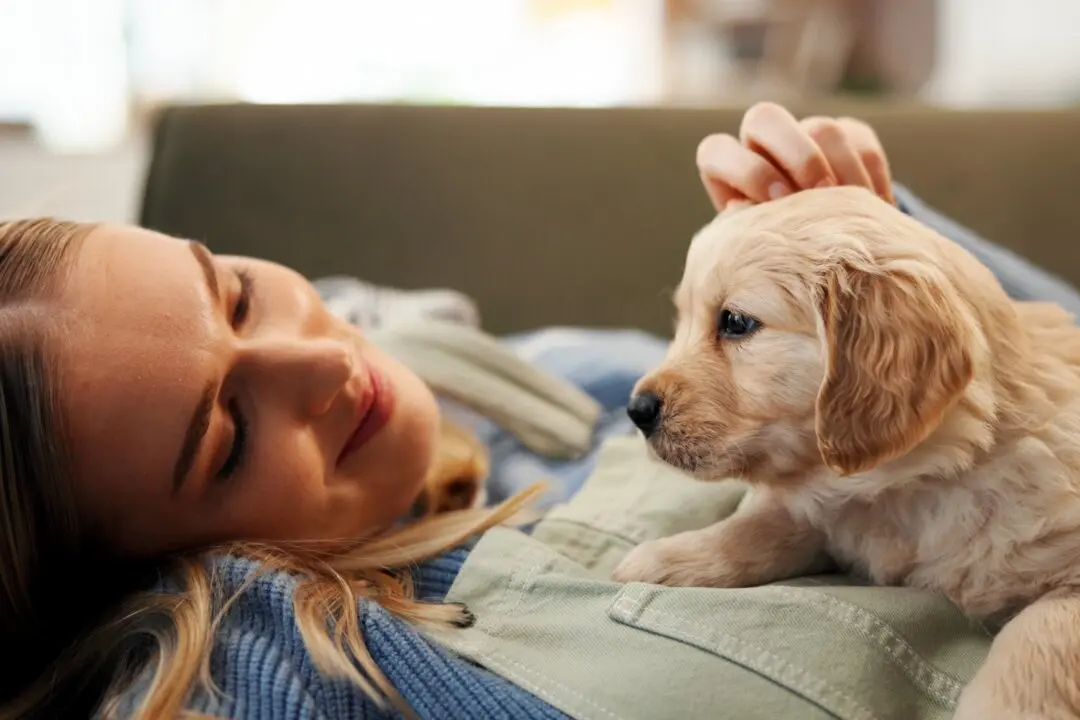Q: I recently adopted Sophie, a 1-year-old standard poodle, who has an endearing trait. Sometimes she tilts her head when I’m talking, as though she’s trying to understand everything I’m saying. None of my other dogs did this. Why does she?
A: In a recent study, researchers concluded that especially smart dogs more often tilt their heads than other dogs, and they do it while concentrating on what their owners are asking them to do.





